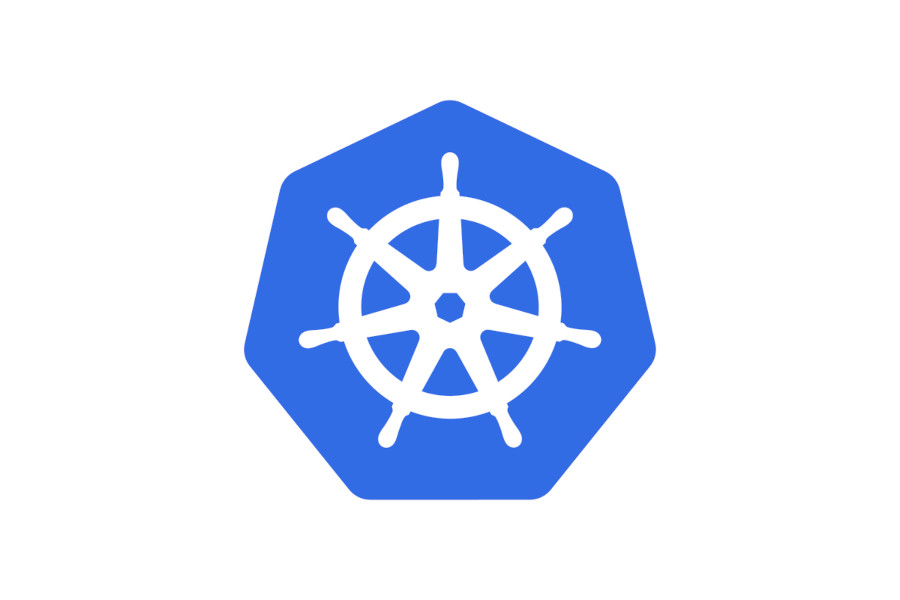For some time now, I’ve been studying Kubernetes, and I find it quite interesting to write blog posts showcasing Kubernetes functionalities and deployment practices. So, let’s start with the basics—an introduction to Kubernetes.
What is Kubernetes?
The name Kubernetes (κυβερνήτης) comes from Greek, meaning “helmsman” or “pilot.” It’s commonly abbreviated as K8s, obtained by replacing the 8 letters of “ubernete” with the digit 8.
To define Kubernetes, let’s refer to the official website:
“Kubernetes is an open-source, portable, and extensible platform for managing containerized workloads and services. It facilitates automation and declarative configuration. Kubernetes has a large and rapidly growing ecosystem. Support, tools, and services for Kubernetes are widely available.”
Summarizing the above, we can say that K8s is a container orchestrator that simplifies and assists with deployments.
Features of Kubernetes
Let’s explore an introduction to Kubernetes exploring some features:
Automatic bin packing: Kubernetes automatically schedules containers based on resource needs and constraints to maximize utilization without sacrificing availability.
Self-healing: Kubernetes replaces and reschedules containers from failed nodes. It kills and restarts containers that don’t respond to health checks, following existing rules/policies. It also prevents traffic from being routed to unresponsive containers.
Horizontal scaling: With Kubernetes, applications can be manually or automatically scaled based on CPU or custom metrics.
Service discovery and load balancing: Containers receive their own IP addresses from Kubernetes, while a single Domain Name System (DNS) name is assigned to a set of containers to assist with load balancing requests across the container set.
Automated rollouts and rollbacks: Kubernetes implements and reverts changes and configurations, continuously monitoring the application’s state to avoid system downtime.
Secret and configuration management: Kubernetes manages secrets and configuration details separately from the container image to avoid rebuilding the respective image. Secrets include sensitive information passed to the application without revealing sensitive content in the stack configuration, such as in GitHub.
Storage orchestration: Kubernetes automatically mounts software-defined storage solutions (SDS) on local storage containers, external cloud providers, or networked storage systems.
Batch execution: Kubernetes supports batch execution, long-running jobs, and replaces failed containers.
Why use Kubernetes?
There are several reasons why Kubernetes is widely used and has become the de facto standard for container orchestration. Here are some key reasons why organizations choose to use Kubernetes:
- Scalability: Kubernetes allows you to scale your applications easily. It provides automated scaling capabilities, both manual and automatic, based on CPU usage or custom metrics.
- High availability: Kubernetes enables high availability of applications by automatically distributing containers across multiple nodes. It monitors the health of containers and automatically restarts or replaces failed containers. This ensures that your applications are highly resilient and available even in the event of failures.
- Container orchestration: Kubernetes simplifies the management of containerized applications. It handles scheduling and distribution of containers across nodes, load balancing, and networking between containers. It also provides mechanisms for service discovery, allowing containers to find and communicate with each other easily.
- Portability: Kubernetes is a portable platform that can run on various cloud providers, on-premises data centers, or hybrid environments.
- Resource optimization: Kubernetes optimizes resource utilization by automatically packing containers onto nodes based on their resource requirements. It ensures efficient utilization of compute resources, minimizing waste and maximizing performance.
- Rolling updates and rollbacks: Kubernetes simplifies the process of deploying application updates. It supports rolling updates, allowing you to update applications without downtime by gradually replacing old containers with new ones. In case of issues, Kubernetes facilitates easy rollbacks to the previous stable version of the application.
- Ecosystem and community: Kubernetes has a vast and thriving ecosystem. It has a rich set of tools, services, and integrations available, making it easier to extend its functionalities and integrate with other technologies. The strong open-source community contributes to its continuous improvement, provides support, and shares best practices.
Overall, Kubernetes provides a robust and flexible platform for managing containerized applications, offering scalability, high availability, portability, and a rich ecosystem. It streamlines the deployment and management of applications, allowing organizations to focus on delivering value rather than dealing with infrastructure complexities.
Conclusion
This has been a brief introduction to Kubernetes. In the next blog post, we will explore its architecture by analyzing the Master Node.
If you need more information, you can leave us a comment or send an email to refactorizando.web@gmail.com You can also contact us through our social media channels on Facebook or twitter and we will be happy to assist you!!
